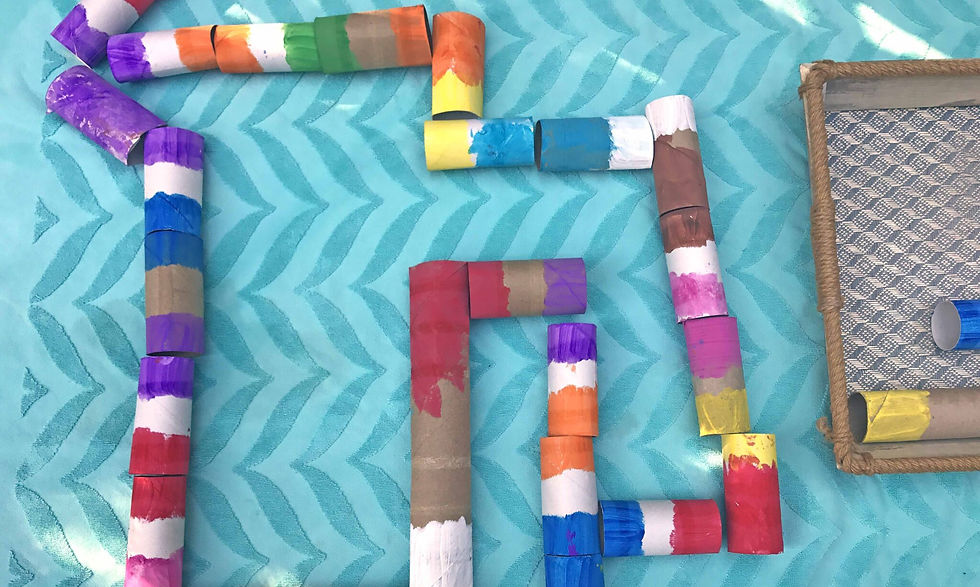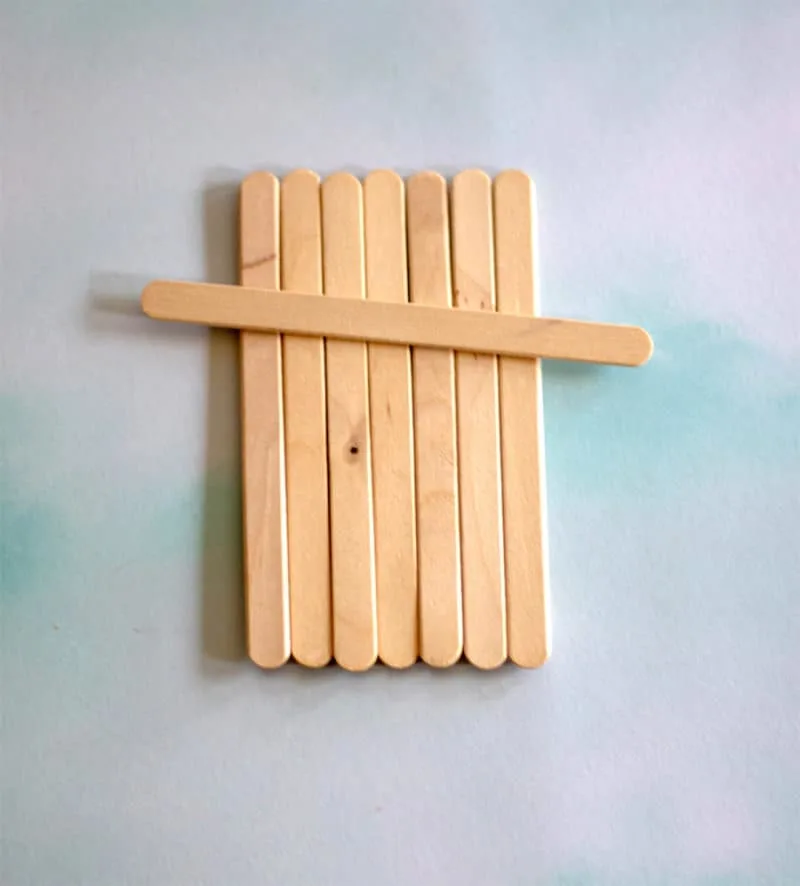Hamster Enrichment Ideas: Keep Your Hamster Happy and Active Daily🐹
- Iqra Shaikh
- 6 days ago
- 3 min read
📌 What This Blog Contains
Hamsters may be small, but their need for stimulation is big. In the wild, they spend hours digging, foraging, and exploring. A lack of enrichment in captivity can lead to boredom, stress, and destructive behaviors. Here's how to keep your hamster engaged every single day.
🧠 Why Enrichment Is Crucial
Enrichment isn’t just about toys — it's about encouraging natural behavior like burrowing, climbing, and foraging.
Without it, hamsters may:
Bite cage bars
Pace repetitively
Sleep excessively
Become aggressive or anxious
✔️ Enrichment improves mental health and prevents obesity.
🛠️ DIY Toy & Puzzle Ideas
You don’t have to buy everything — many fun enrichments can be made at home:
Toilet Paper Tube Mazes – Cut and link together for tunnels

Treat Balls – Poke holes in a cardboard box or ball and fill with treats

Dig Box – Use coconut soil or sand in a container for digging

Forage Hunt – Scatter food across bedding or hide it in shredded paper
🧩 Change things up weekly to keep your hamster curious!
🦷 Chew Toys & Mental Stimulation
Hamsters have constantly growing teeth, so safe chewing is both enrichment and dental care.
Top chew options:
Apple wood sticks

Cardboard rolls

Loofah blocks

Unpainted popsicle sticks

Commercial chew toys (natural, not plastic-heavy)
Avoid colored or chemically treated woods.
🏠 Safe Additions to the Cage
Give them plenty of options to explore:
Multi-level platforms
Climbing ladders or bridges
Sand bath area
Burrowing depth bedding (6+ inches)
Rotating toys – Swap weekly to avoid boredom
✅ Pro tip: Keep the layout dynamic — add or rotate toys every 7–10 days.
🚨 Signs of Boredom in Hamsters
Recognizing hamster boredom early can prevent stress-related issues:
Cage chewing or escape attempts
Lethargy and weight gain
Repetitive movement patterns
Lack of interest in food or toys
If you notice these, increase playtime, rotate cage accessories, and offer more foraging activities.
🐾 Final Thoughts
A well-stimulated hamster is a happy, healthy one. With just a few changes and creative additions, you can make your hamster’s enclosure an exciting world to explore.
💡 Pro Tip
Introduce new enrichment gradually and observe your hamster’s reaction — this ensures they don’t get overwhelmed and helps you understand their preferences better.
📝 Summary
Enrichment prevents boredom and behavioral issues
Use safe, natural DIY materials for toys
Include chews, foraging games, and climbing options
Rotate items weekly to keep your hamster engaged
Monitor for stress signs and adjust enrichment accordingly
❓FAQs for Hamster Enrichment
1. How often should I change my hamster’s toys?
It's best to rotate or rearrange toys every 7 to 10 days to maintain interest and reduce boredom.
2. Can I make enrichment toys from household items?
Yes, safe items like cardboard tubes, untreated boxes, and shredded paper are great for DIY toys.
3. What are signs that my hamster is bored or stressed?
Look for excessive chewing, repetitive pacing, or sleeping too much. These are signs of boredom and lack of stimulation.
4. Is a hamster wheel enough for exercise?
A wheel is essential, but it's not enough on its own. Hamsters need tunnels, toys, digging areas, and foraging activities too.
5. Can I use sand for digging enrichment?
Yes, chinchilla sand (not dust) is safe and great for digging or sand baths. Make sure it's free from added fragrances.
👉Read next:
Also a turtle & tortoise parent?
Check out our ultimate turtle & tortoise care guide
Follow us on:



Comments